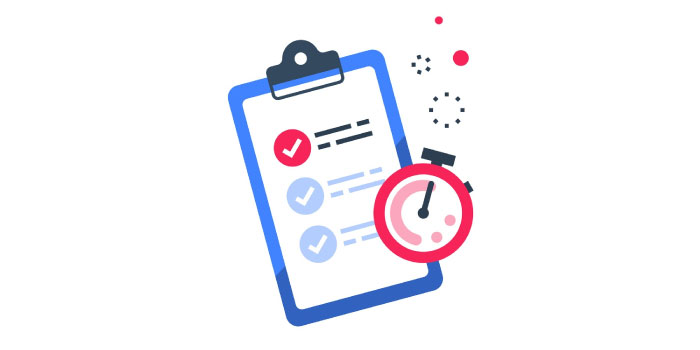
Every business desires to build single page web applications nowadays. It is due to a reason for fast navigation and seamless user experience. Single-page applications are commonly known as SPA’S. They are quickly built using Html, CSS, and JavaScript technologies and contain only one page to view customers.
Having a simple Html page quickens its loading speed in the browser and server. An advantage of creating a single-page application is that it reloads within the browser and does not load throughout the entire session. It renders client-side Html and reduces the size of a page to execute and load quickly.
On the server-side, it returns the JSON document and uses multiple JavaScript frameworks. The famous examples of single-page applications are Facebook, Twitter, Google Docs, Gmail, and GitHub. It is a type of desktop application that also works as a mobile responsive app for clients.
Here is how to build single-page web applications for clients:
Using Html, CSS, and JavaScript

A single-page web-based application is simple made of using Html, CSS, and JavaScript code. These are the basics of front-end website design and development and essential tools for client-side development. These codes are easily rendered and initially loaded inside the browser. A web page takes less time in sending a request and receiving a response from the server. It uses Ajax or web sockets to build communication with a web server.
Combining with PHP, Python, Ruby, and Java

Html is a static website structure that builds a simple and straightforward website. It does not create an actionable website by itself and combines with powerful technologies like JavaScript, JQuery, JSON, AJAX, PHP, Python, Perl, and Java. Using these robust tools helps your website bring dynamic and functional results that excite customers to interact with your business.
Small and Single SAAS Platform

Single-page applications are ideal for small software as a service (SAAS) platform. It provides excellent futuristic mobile app development and perfect for both web and mobile platforms. A single-page design architecture works on all popular social networks, but it does not work on search engine optimization. SEO is not ideal for single-page web applications and creates a massive obstacle in its path.
Following are the benefits of using single web page applications:
Speed and Security

The benefit of using single-page web applications is high-speed browser loading. It offers faster and seamless browser navigation and does not reload the page throughout a user journey. Using a single-page application increases the efficiency of a browser and reduces the loading time. It gives a swift and rapid response to the user and loads a page quickly at the beginning of a session.
Working Offline

Another huge benefit of single page application is working offline. It conveys a request to the server with the local cache storage. The cache provides excellent support to show and upload offline data to the user. It offers all the cache data that delivers from the server to the client.
Fast Content Delivery

Single page application does not need to update the entire web page. It only loads the page at once in the beginning and makes it easier for users to browse content from anywhere on a webpage. It significantly improves the website speed and transmits the data from one-page source to another.
Mobile-Friendly

Having a single-page application is beneficial for mobile app development. It allows frameworks that can be reused with the present coding. It modifies the user interface (UI) to fit the mobile device screen perfectly. One of the best things about using single-page applications is creating stunning effects for the users.
Ease of Debugging

Using the single page application makes it easier for developers to test, debug, and fix technical coding errors. These frameworks are available with their developer toolkits and fix mistakes quickly. A developer writes code at once and reloads pages on the server. It streamlines the development process and executes a program in seconds.
Excellent Information Architecture

The purpose and meaning of information architecture are to present the content and structure the user experience carefully. A single page provides smooth workflow solutions and delivers the smooth and seamless flow of content to users. It gives a systematic hierarchy of content and combines the UX for better results.
Conclusion
Hence, in a nutshell, those mentioned above are the best ways on how to build single-page web applications for customers. The trend for single-page apps is rising and becoming ideal for both web and mobile applications. It is better than desktop applications and provides a fast and responsive user experience.
Developers find ease in rapid development with ease of debugging and executing the complex lines of codes in few minutes. Many businesses hire a professional web design agency Dubai to create dynamic and functional websites for customers. It increases the value and demand for single-page applications in the market.
Also Read: 7 Interactive Mobile Game Development Trends For 2021

